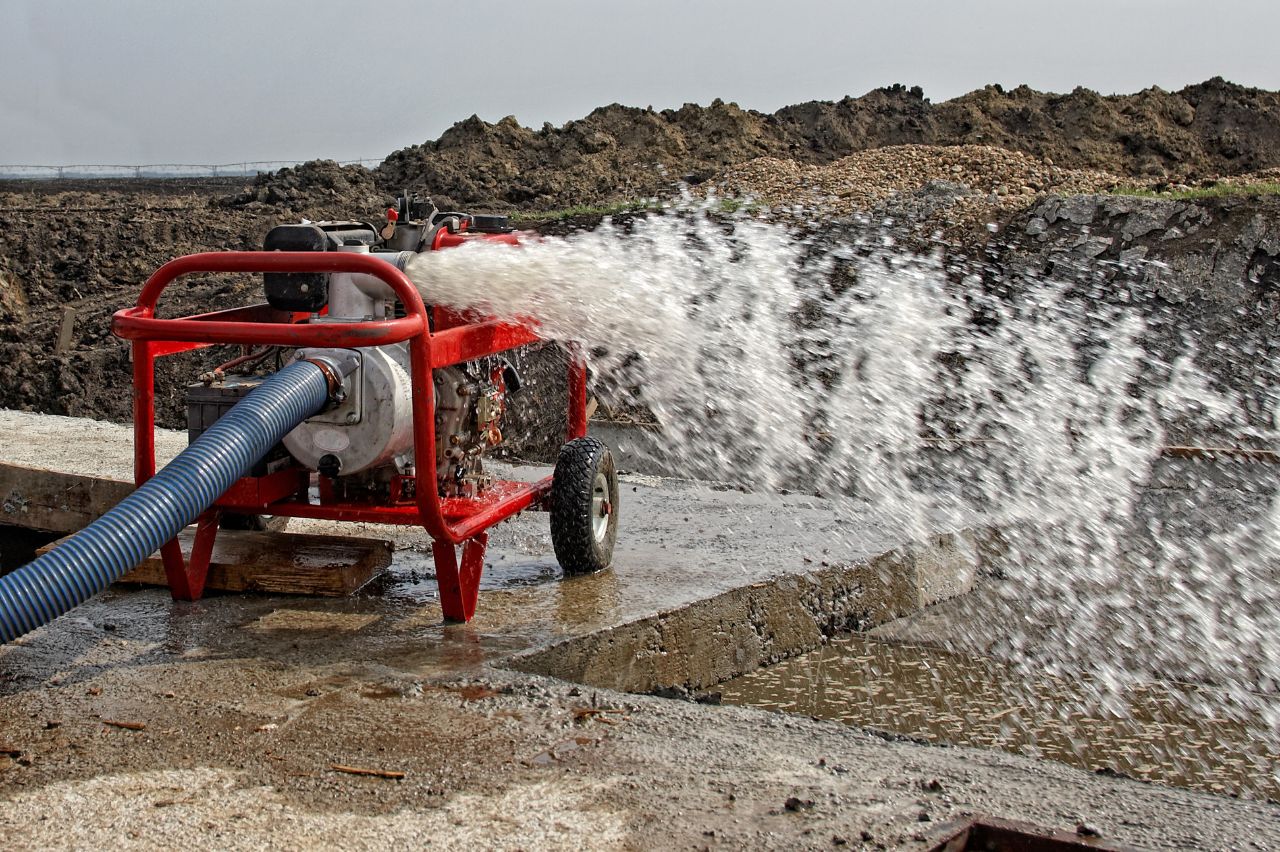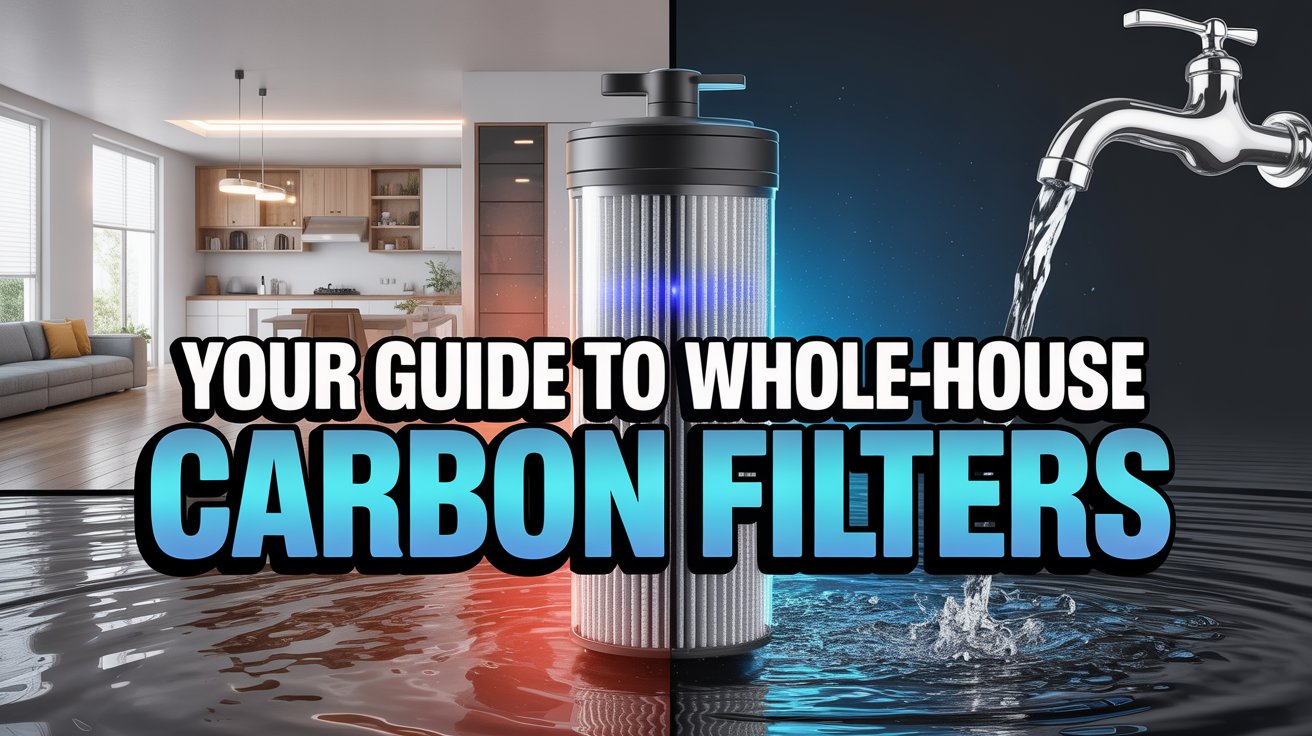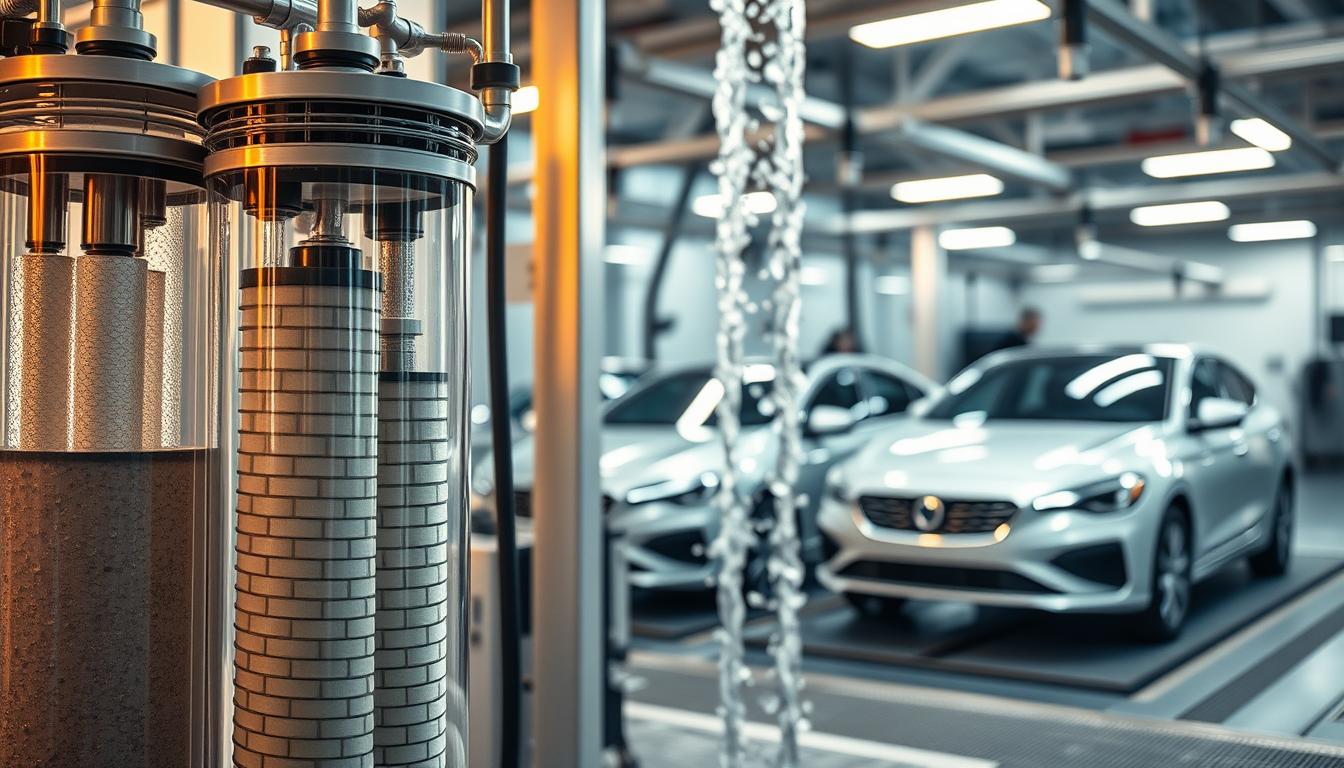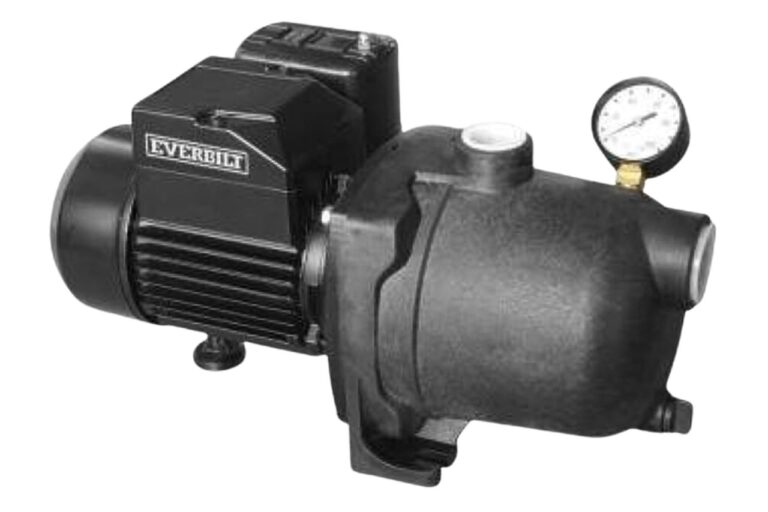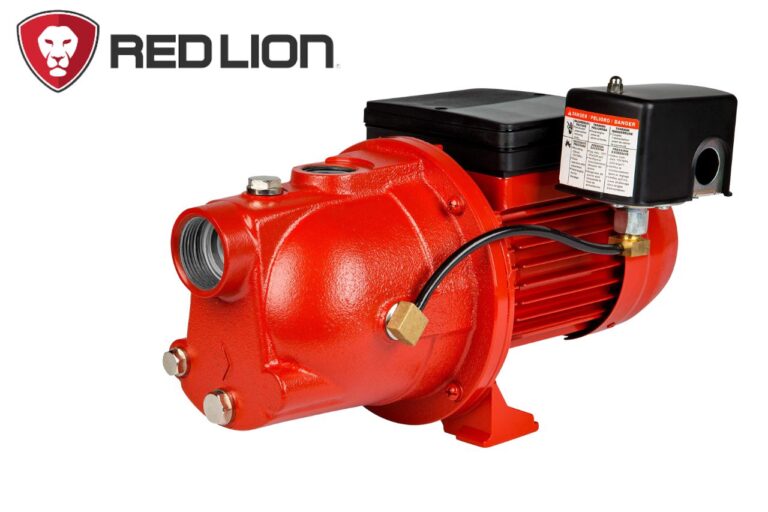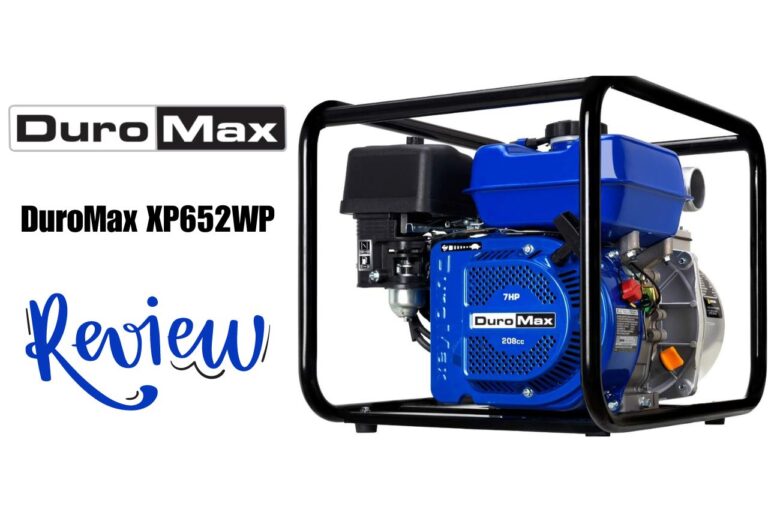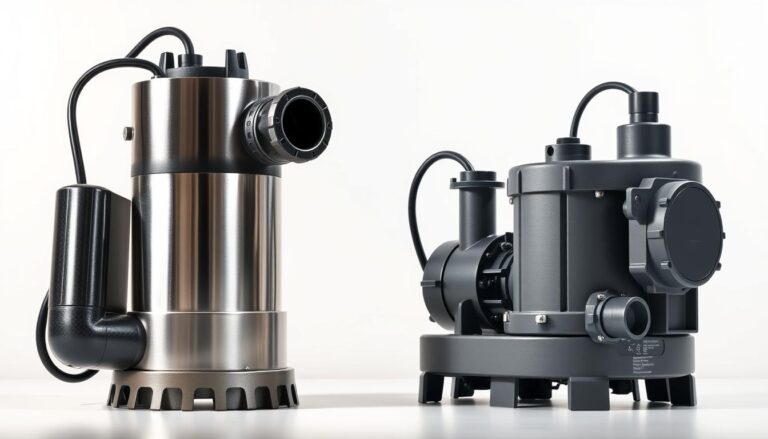Differences Between a Booster Pump and a Transfer Pump
When it comes to choosing the right pump for your industrial or commercial needs, understanding the differences between transfer pumps and booster pumps is crucial.
Both types of pumps play an essential role in moving fluids, but they have distinct functions and designs that make them suitable for specific applications.
Whether you’re a seasoned industrial professional or just starting, this guide will help you make an informed decision when selecting the right pump for your needs.
So, let’s dive in and explore the world of transfer pumps and booster pumps!
What You Will Learn:
- Transfer pumps are used for transferring fluids from one location to another, while booster pumps are designed to increase the pressure of fluids in a pipeline.
- Booster pumps come in different designs and sizes, including centrifugal pumps and multistage pumps, and are commonly used in applications where high pressure is required, such as water supply systems and firefighting systems.
- Factors to consider when choosing between transfer pumps and booster pumps include flow rate, pressure, viscosity, temperature, and specific application requirements.
- Transfer pumps are commonly used in applications such as chemical processing, oil and gas transfer, agriculture, and food and beverage processing.
- Booster pumps are commonly used in water supply systems, irrigation systems, and firefighting systems to ensure adequate pressure throughout the system.
Understanding the Functions of Booster Pumps
Booster pumps, also known as pressure booster pumps, are designed to increase the pressure of fluids in a pipeline.
They are commonly used in applications where high pressure is required, such as water supply systems, irrigation systems, and firefighting systems.
The main function of booster pumps is to boost the pressure of fluids entering a pipeline to ensure adequate flow and pressure throughout the system.
Booster pumps come in different designs and sizes, including centrifugal pumps, multistage pumps, and submersible pumps.
Centrifugal pumps are the most common type of booster pump and are ideal for boosting the pressure of low viscosity liquids such as water.
Multistage pumps are suitable for boosting the pressure of high viscosity liquids such as oil and gas.
When selecting a booster pump, it’s important to consider factors such as flow rate, pressure, and head requirements of the system.
The type of pump selected will depend on the specific application and the requirements of the process.
Proper maintenance and care of booster pumps are essential to ensure efficient operation and prevent downtime and costly repairs.
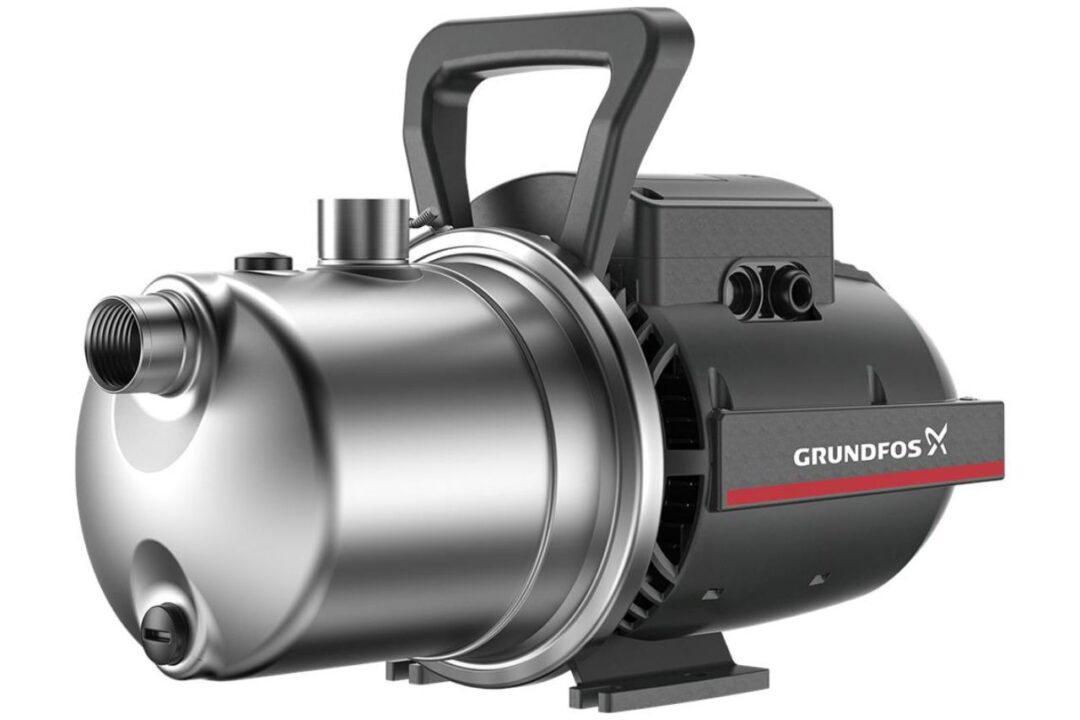
Differences Between Transfer Pumps and Booster Pumps
While transfer pumps and booster pumps are both used to move fluids, they have distinct functions and designs that make them suitable for specific applications.
The main difference between transfer pumps and booster pumps is the pressure of the fluid being moved.
Transfer pumps are designed to move fluids from one location to another, while booster pumps are designed to increase the pressure of fluids in a pipeline.
Another difference between transfer pumps and booster pumps is the type of fluid being moved.
Transfer pumps are typically used for transferring low viscosity liquids such as water, chemicals, and other liquids.
Booster pumps, on the other hand, are used for boosting the pressure of fluids of different viscosities, temperatures, and pressures.
The design of transfer pumps and booster pumps also differs. Transfer pumps come in different sizes and designs, including centrifugal pumps, positive displacement pumps, and diaphragm pumps.
Booster pumps, on the other hand, come in different designs and sizes, including centrifugal pumps, multistage pumps, and submersible pumps.
When selecting between transfer pumps and booster pumps, it’s important to consider the specific requirements of the application.
Factors such as flow rate, pressure, viscosity, and temperature of the fluid being transferred or boosted must be taken into account to ensure efficient operation and optimal performance.
Factors to Consider When Choosing Between Transfer Pumps and Booster Pumps
When selecting between transfer pumps and booster pumps, there are several factors to consider. These include:
- Flow rate: The flow rate of the fluid being transferred or boosted must be considered when selecting a pump. The flow rate is the amount of fluid that passes through the pump per unit of time and is measured in gallons per minute (GPM) or liters per minute (LPM).
- Pressure: The pressure of the fluid being transferred or boosted must also be considered when selecting a pump. The pressure is the force per unit area that the fluid exerts on the pipeline and is measured in pounds per square inch (PSI) or bar.
- Viscosity: The viscosity of the fluid being transferred or boosted must be considered when selecting a pump. Viscosity is a measure of the resistance of a fluid to flow and is measured in centipoise (cP).
- Temperature: The temperature of the fluid being transferred or boosted must also be considered when selecting a pump. The temperature can affect the viscosity of the fluid and the materials used in the pump.
- Specific application: The specific application must be considered when selecting a pump. Different applications have different requirements, and the pump selected must be able to meet those requirements.
Applications of Transfer Pumps
Transfer pumps are used in a wide range of industrial and commercial applications, including:
- Chemical processing: Transfer pumps are used for transferring chemicals from one location to another. They are ideal for transferring corrosive and abrasive chemicals.
- Oil and gas: Transfer pumps are used for transferring oil and gas from one location to another. They are ideal for transferring viscous fluids such as crude oil and refined products.
- Agriculture: Transfer pumps are used for transferring water and other liquids in agricultural applications, such as irrigation and crop spraying.
- Food and beverage processing: Transfer pumps are used for transferring liquids in food and beverage processing, such as dairy, juice, and syrup.
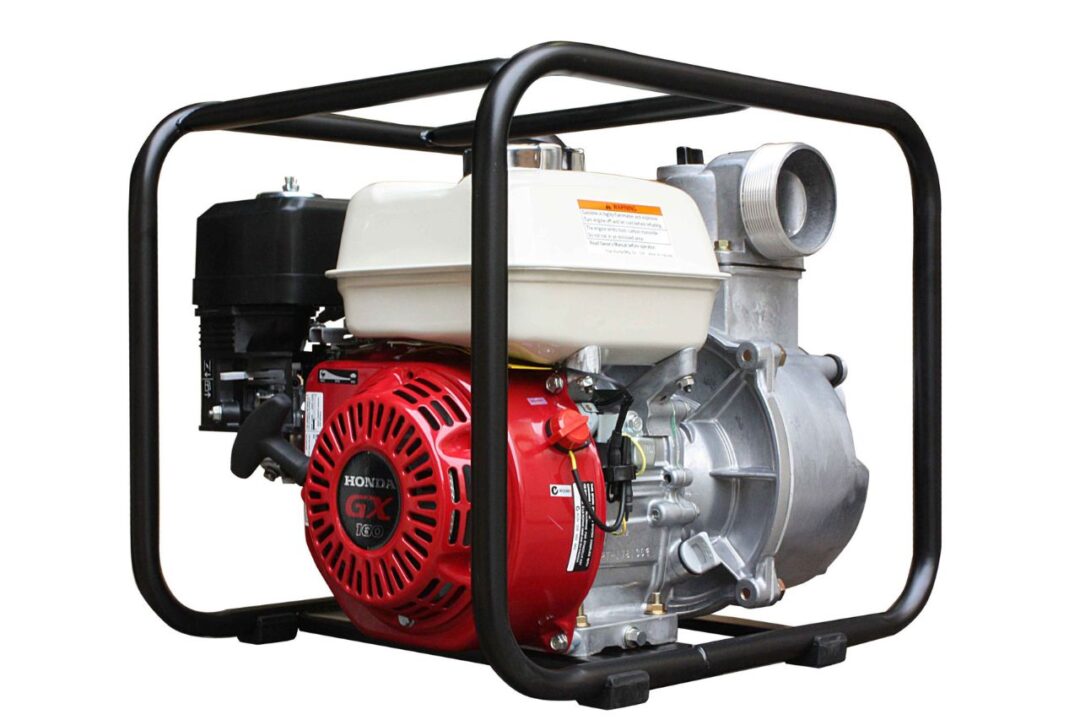
Applications of Booster Pumps
Booster pumps are used in a wide range of industrial and commercial applications, including:
- Water supply systems: Booster pumps are used for boosting the pressure of water in buildings, homes, and other facilities. They are ideal for ensuring adequate water pressure throughout the system.
- Irrigation systems: Booster pumps are used for boosting the pressure of water in irrigation systems. They are ideal for ensuring adequate water pressure for crops and vegetation.
- Firefighting systems: Booster pumps are used for boosting the pressure of water in firefighting systems. They are ideal for ensuring adequate water pressure for extinguishing fires.
Choosing the Right Pump for Your Needs
When choosing the right pump for your needs, it’s important to consider the specific requirements of your application.
Factors such as flow rate, pressure, viscosity, and temperature of the fluid being transferred or boosted must be taken into account to ensure efficient operation and optimal performance.
It’s also important to select a pump that is suitable for the materials being transferred or boosted.
Different materials have different chemical and physical properties, and the pump selected must be able to handle those properties without damage or failure.
Proper maintenance and care of the pump are also essential to ensure efficient operation and prevent downtime and costly repairs.
Regular inspections, cleaning, and lubrication of the pump are necessary to ensure optimal performance and longevity.
Maintenance and Care for Transfer Pumps and Booster Pumps
Proper maintenance and care of transfer pumps and booster pumps are essential to ensure efficient operation and prevent downtime and costly repairs. Regular inspections, cleaning, and lubrication of the pump are necessary to ensure optimal performance and longevity.
Some tips for maintaining and caring for transfer pumps and booster pumps include:
- Regularly inspect the pump for signs of wear and damage, such as leaks, cracks, and corrosion.
- Clean the pump regularly to remove dirt, debris, and other contaminants that can affect performance.
- Lubricate the pump regularly to ensure smooth operation and prevent damage to moving parts.
- Replace worn or damaged parts promptly to prevent further damage and ensure optimal performance.
- Follow the manufacturer’s recommendations for maintenance and care to ensure proper operation and avoid voiding the warranty.
Conclusion
In conclusion, understanding the key differences between transfer pumps and booster pumps is crucial when selecting the right pump for your industrial or commercial needs.
Transfer pumps are mainly used for transferring fluids from one location to another, while booster pumps are designed to increase the pressure of fluids in a pipeline.
When selecting between transfer pumps and booster pumps, it’s important to consider factors such as flow rate, pressure, viscosity, and temperature of the fluid being transferred or boosted.
The specific requirements of the application must also be considered to ensure efficient operation and optimal performance.
Proper maintenance and care of transfer pumps and booster pumps are essential to ensure efficient operation and prevent downtime and costly repairs.
Regular inspections, cleaning, and lubrication of the pump are necessary to ensure optimal performance and longevity.

